This ultimate guide on how to grow tulsi plant will help you to make your tulsi plant bushier. Get to know propagation method for tulsi plant.
Table of Contents
Introduction
Tulsi or Tulasi (Holy Basil) or Vrinda is believed as a sacred plant in Sanatan( Hinduism) belief. Hindus or Sanatani view it as an earthly manifestation of the Goddess Tulsi / Vrinda.
she is considered the avatar of Goddess Lakshmi and thus the consort of the God Vishnu. The offering of its leaves is necessary in the ritualistic worship of the god Vishnu and his avatars like Krishna and Vithoba.
Many Sanatani or Hindus grow Tulsi plant in front of or near their home, often in special pots or a special masonry structure known as Tulsi Vrindavan as this relates to their culture.
Traditionally Tulsi is planted in the centre of the courtyard of Hindu houses. The plant is cultivated worldwide mainly because of two purposes:
Religious purpose
How To Grow Tulsi Plant?
You can grow Tulsi in an small to medium sized pot with high-quality loamy soil. Get the seeds from the plant nursery or you can directly purchase the tulsi plant.
Simply sprinkle the tiny seeds over the soil and cover the seeds with 1/4 inch layer of compost or soil.
Now use a spray bottle filled with water to mist the seeds each day for 1-2 weeks, until they begin to germinate.
Spring to early summer is considered to be the best season for growing tulsi plant.
When seedlings are well developed, now you may transplant in new pots.
Before planting or placing a Tulsi plant, it is very important to keep in mind the Vastu rules and regulations if you are growing for religious purposes.
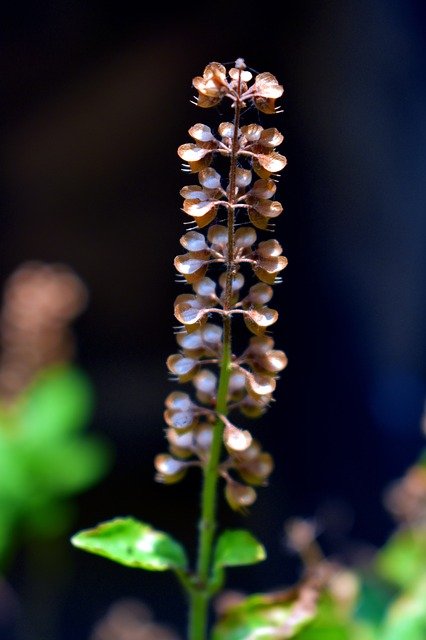
Tulsi Plant Care
You need to know sunlight, watering, and fertilizers requirements to care for your tulsi plant.
Sunlight
According to Vastu Shastra, the ideal location of Tulsi is East or North-East, where it gets an ample amount of sunlight. Tulsi requires at least 6 hours of sunlight per day.
Getting enough amount of sunlight ensures good growth of the plant.
Watering
Apply water in your tulsi plant when the top layer of soil becomes dry. How often you need to water the plant will vary depends on the temperature and climate condition.
Overwatering or soggy soil may damage your plant.
Fertilizers
For proper growth use organic compost 20 to 30 gm fertilizer every 6 months. Or NPK 10:10:10 5gm/lit sol. as liquid fertilizer.
Use Epsom salt 2-4 gm every three months. It will bring out a lush green.
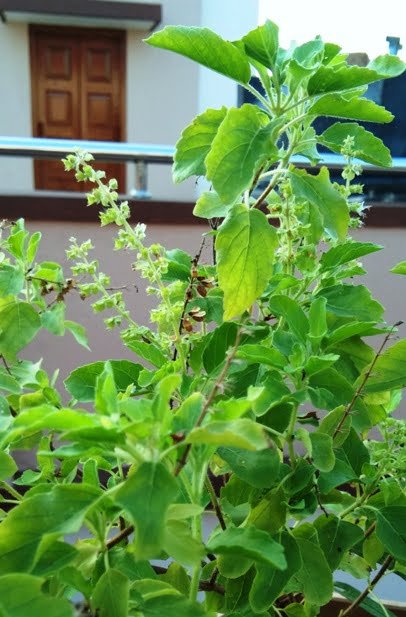
Pests & Diseases
There are a few basil diseases that can cause basil leaves to turn brown or yellow spots or even wilt and fall off.
Remove and destroy any symptomatic leaves, minor infection controlled by spraying fungicide containing potassium bicarbonate.
You can spray Neem oil Mix for treating disease in your Tulsi plant. If you want to learn to make Neem Oil Spray in your home then check out “How to Make Neem Oil Spray For Plants” by clicking on this text or you can visit our articles in Home Gardening.
Importance Of Tulsi
1. Tulsi symbolizes purity.
2. It is considered as the holy plant in the Indian subcontinent.
3. A ceremony known as Tulsi Vivah is performed by Hindus between Prabodhini Ekadashi to Kartik Poornima. It is the ceremonial weeding of the Tulsi plant to Lord Vishnu.
4. Tulsi is taken as the herbal tea.
5. The oil extract from the Tulsi is mostly used in herbal medicine.
6. Its oil is also used against the insects and bacteria.
7. The Rama Tulsi is an effective remedy for the severe acute respiratory syndrome.
8. Juice of its leaves gives relief in cold, fever, bronchitis, and cough.
9. Tulsi oil is also used as an ear drop.
10. Tulsi helps in curing malaria.
11. Take 10-20 ml of Tulsi leaf extract and daily intake in the morning will help to cure leprosy.
12. A Hindu house is considered incomplete without the Tulsi plant in the courtyard.
13. Tulsi is believed to promote longevity and lifelong happiness.
14. The stems, leaves, seeds, and even soil is considered as holy.
15. Many people wear Tulsi mala, which considered as more powerful than any other gem that helps in protecting is from the negative influences.
16. Its leaves are used in temples for worship purposes and also on several occasions such as marriage.
17. Japa mala (a string of Hindu prayer beads) made from Tulsi stems or roots.
18. Today people in India maintain a potted Tulsi plant, where women water in the plant, light up the diya near it, and worships it daily.
19. According to the ancient texts Tulsi is glorified as the one who helps in bringing people closer to the divine.
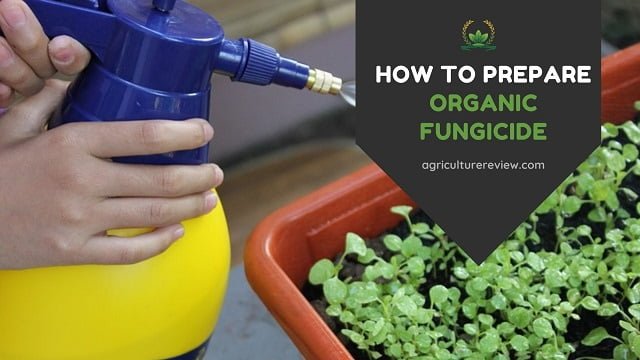
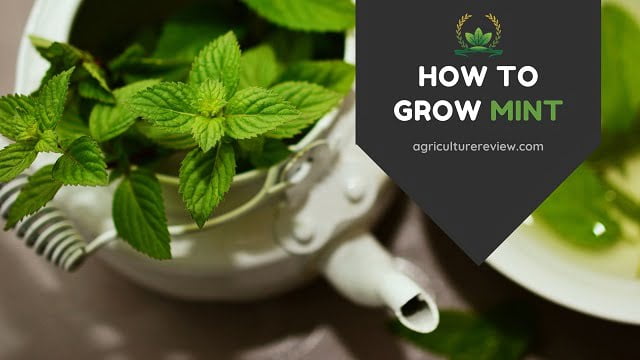
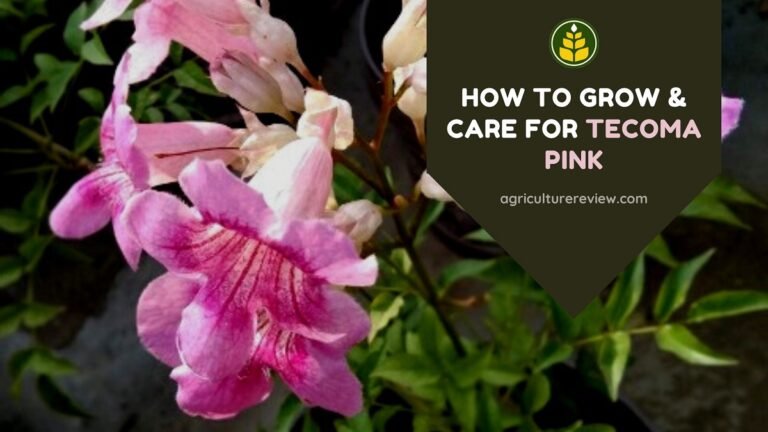
Excellent work on Tulsi.